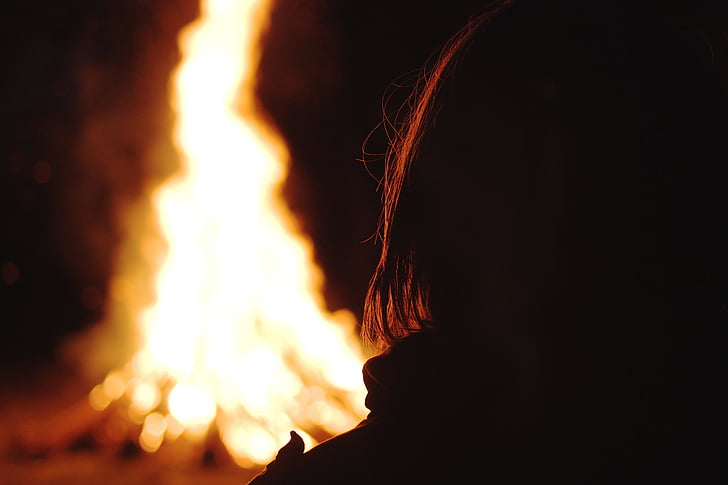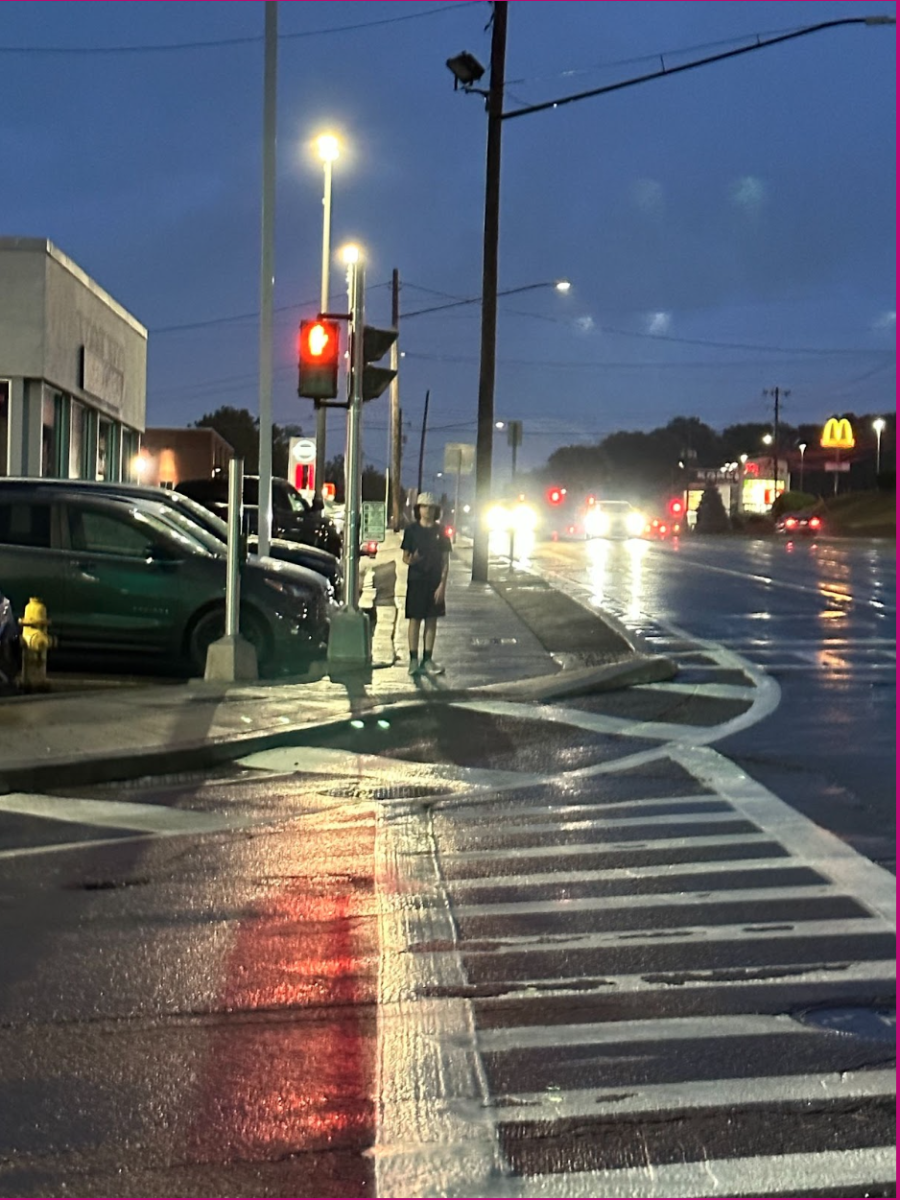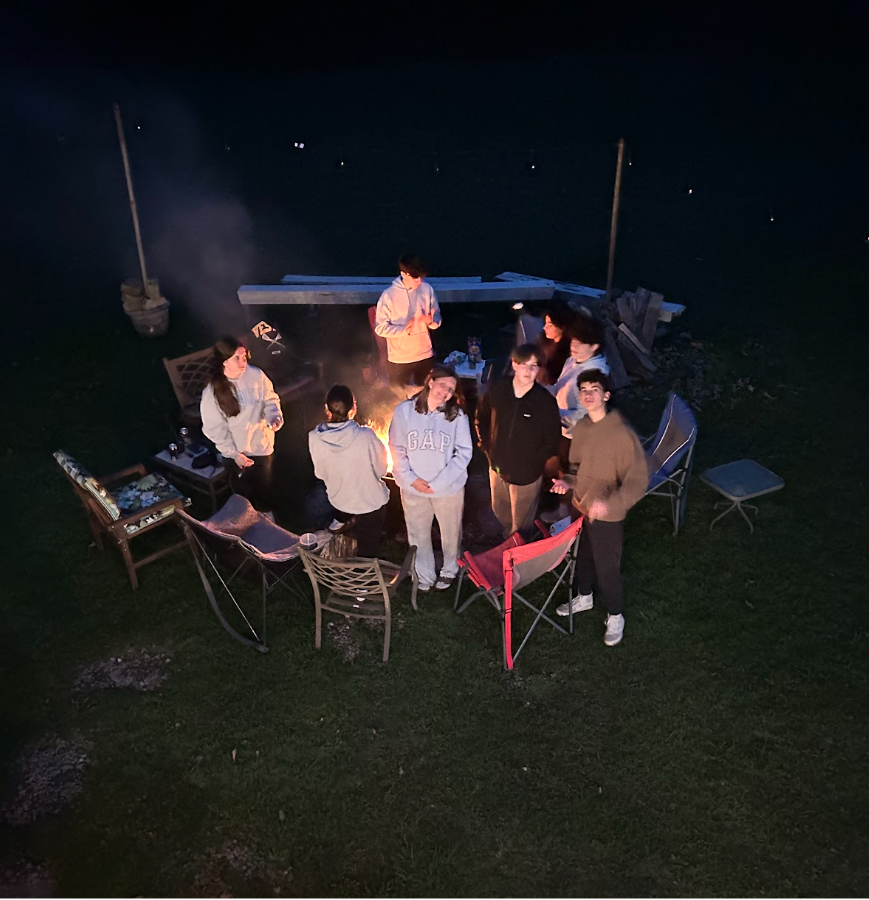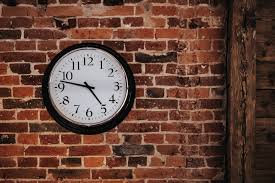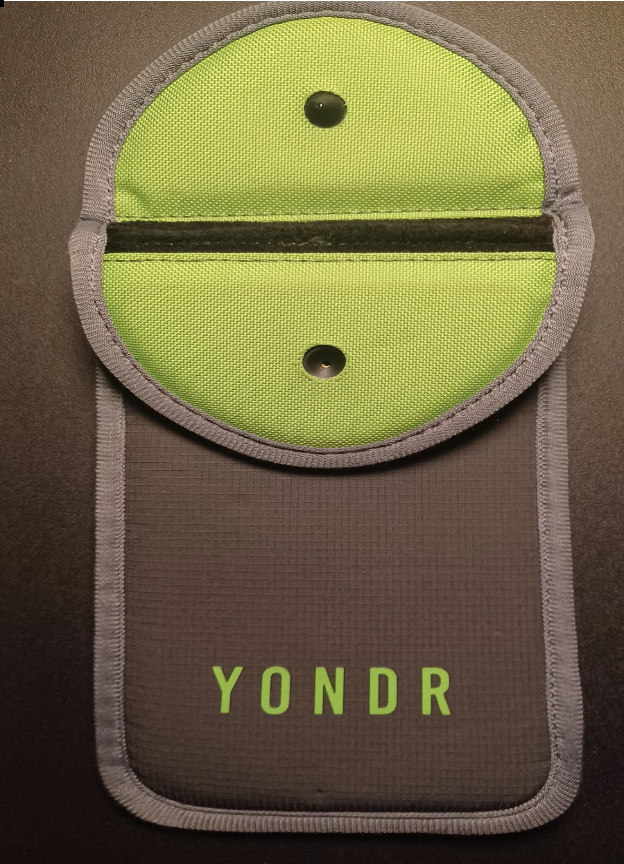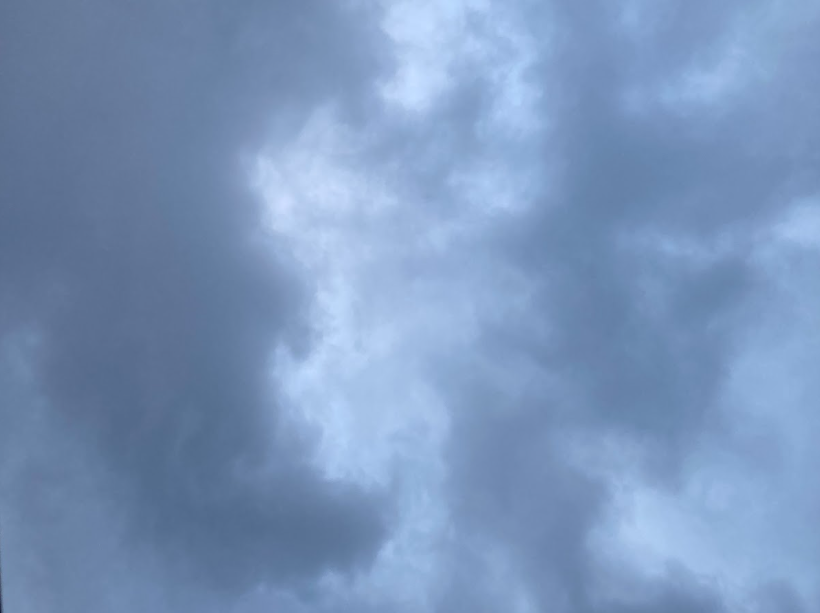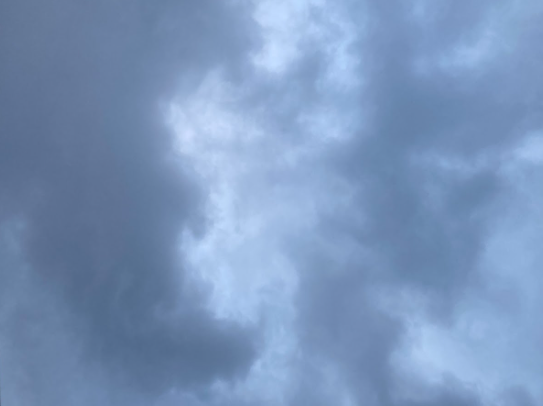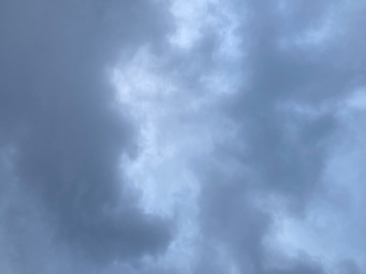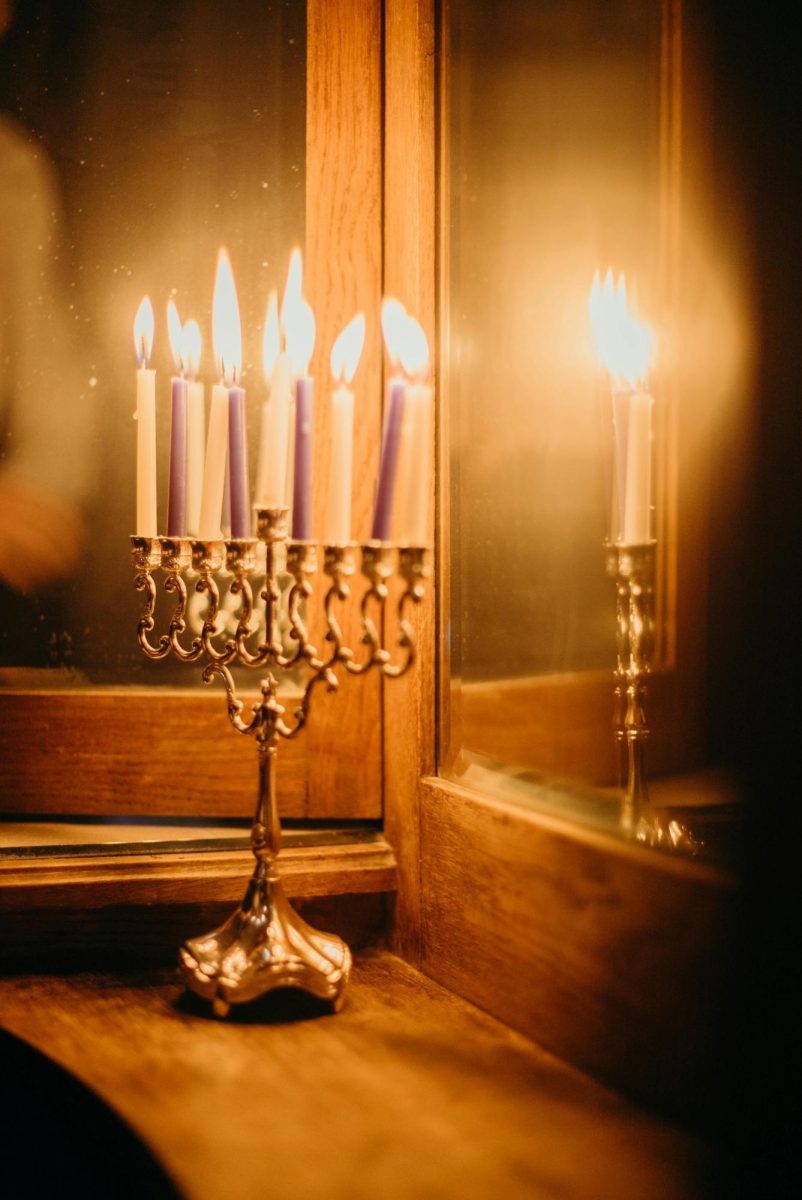Most have heard of Chanukah. Many regard it as a ‘Jewish Christmas’, where Jewish kids do something with candles instead of waiting for Santa Claus. Those with a more in-depth concept are familiar with the Rabianic tale of an oil pot which miraculously lasted eight nights so the Jews could worship. Even this feathered story, however, is a misconstrual of the original, true events that were first known as Chanukah.
In pursuit of the real story, I spoke with Binghamton University’s Dr. Jonathan Karp, a professor of History and Judaic Studies. He studies the history of Jewish economic life including their commerce, finance, the roles they have played, and the antisemitism that has resulted. Over Zoom, on the morning of the second night of Chanukah, I asked Dr. Karp to summarize what really happened.
As expected, Dr. Karp began the story with the Maccabees: the people of Judea under a native monarchy in the general area of what is now called Israel during the second half of the second century BCE. During this time, he told me, Judea found itself the “theater” for the “geopolitical power struggle” between the surrounding empires of Greece and Egypt, ruled by King Antiochus IV and Emperor Ptolomy, the successor of Alexander the Great. Hoping to be the dominant power of the Middle East, Antiochus invaded Judea around 167 BCE.
Antiochus, Dr. Karp stated, then attempted to implant a “a sympathetic jewish regime in Jerusalem”– essentially, a group of Jews who accepted Greek processes and widespread Helenification. The King wanted to alter Judaism to “resemble Hellenistic [or Greek-like] religion and philosophy.” This religion would be polytheistic. He was so successful that Jewish Hellinzers took control of the Jewish temple and a statue of Zues was erected. Those aligned with Maccabean traditional ways were completely outraged; as Dr. Karp said, It was “considered the greatest abomination imaginable”. This was because one of the most foundational, holy doctrines of Judaism – God’s 10 commandments – holds true that monotheism is crucial and that idols, or symbolic figures, are blasphemy.
Centuries of battle ensued between the Maccabees and Antiochus with his Hellenizing Jews. One autumn, the important biblical holiday of Sukkot came about (now only recognized by the devout). However, without access to the Holy temple, the holiday was celebrated two months later when the Maccabees had finally defeated the Hellenists. This later Sukkot, elevated by added meaning and emotions, slowly became known as Chanukah, which is Hebrew for “dedication.”
For centuries to come, Chanukah stood as a somewhat minor holliday following Sukkot where Jews remembered their hard-fought “assertion of independence against Greek imperial rule” and their dedication to religion and each other.
Stories featuring eight nights came out a complete 200 years later. As a dominating Middle Eastern global power, Greece had been replaced by Rome who successfully ruled over Judea. Throughout this period, the Jews attempted rebellion twice, a “crazy thing to do” given the power of the Roman empire. They did this in The Common Era, first in 70 and then in 132, and were, according to Dr. Karp, “not surprisingly but badly defeated.” Meanwhile, in the Jewish community, Rabbis rose to a position of political power and influence as opposed to one of pure religiosity, as independence resolutions failed. For the sake of self-preservation, the Rabbis did not support rebellion.
Rabbis used their influence to thematically alter Chanukah in order to temper nostalgic, rebellious inclinations. They fabricated the story of a small bit of oil, used for religious purposes, that lasted eight nights for the Maccabees. Instead of a military holiday of independence and war victory, they preached that Chanukah should be a time of appreciation of faith in ‘God’s miracles’, ‘His capacity to create them’, and the enduring nature of Jewish religion, despite the non-jewish governments that may occupy the diaspora. This proceeded to serve their message that Jews did not need to fight for independence.
This tradition continued through the 18th and 19th centuries. Parents used Chanukah and its ceremonious feeling as a chance to offer their children a bit of money – perhaps a few coins, but not yet presents.
Gradually, thousands of Jews with a definitive concept of the fate of the Jewish people settled in Palestine and grew a strong Jewish presence. They diverged from a majority of the Jewish population. Palestine’s residents were majority Muslim. The Jews who had come to Palestine were “not interested” in assimilation. Of great importance to these Jews was “separate, distinct Jewish identity.” This “self-selecting group” was “ideologically and politically committed to the goal of Zionism.” Jews in Palestine resurrected the original, independence-based message of Chanukah, applying it to the Zionist cause. They saw it as a symbol of “‘what Jews were and could be once again’”. Judah Maccabee was accurately recognized as “a soldier in a way, a general, a leader” and heroized as such. Chanukah, for Jews in the Middle East, now symbolized “strength”.
Yet, the most major transformation of the holiday took place in the late 19th and 20th century when millions Jews immigrated to the United States, simply in pursuit of a life without antisemitism. America was a predominantly Christian country, much like the European nations these Jews were immigrating from. However, Dr. Karp described, there was a substantial difference. America was a “land of immigrants” and “Jews felt they could become part of American culture without giving up their religion.” The Jews wanted to celebrate being incorporated in their surroundings, faith, and a sort of “brotherhood.”
As he put it, it was time “to engage in adaptation.” The immigrants gradually transitioned from Yiddish to English and changed the way they dressed. Meanwhile, as Christmas was commercialized in the 1880s and 90 while capitalism spread, Jewish kids longed for Christmas or “something Christmas-like”. Chanukah became its virtual “mirror”. Jews could “have their cake and eat it too”, according to Dr. Karp, by giving presents, lighting lights, and paralleling Christmas-traditions in a variety of ways. In addition, the ‘Chanukah miracle’ roughly parallels the miracle-like myth of Santa Claus.
This explains the progression of the Holliday into a holiday that looks almost nothing like it started. Present-day, common-place Chanukah activities include making potato latkes and viciously playing dreidel to score chocolate coins – gelt – off of friends. Dr. Karp said he enjoyed receiving Bob Dylan and the Beatles records from his family this year.
